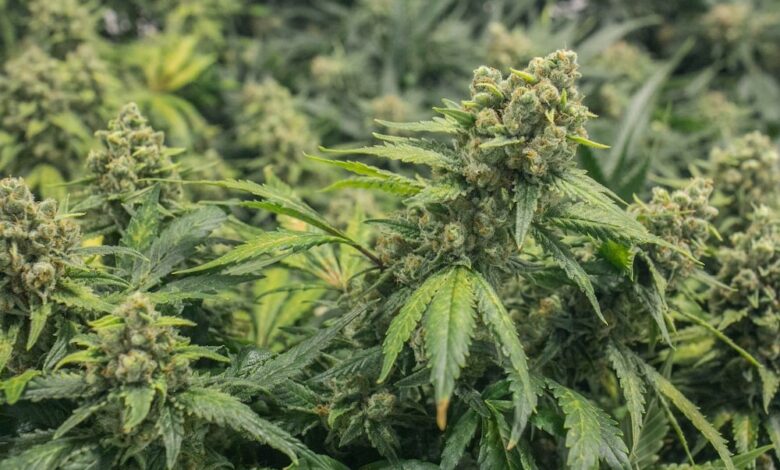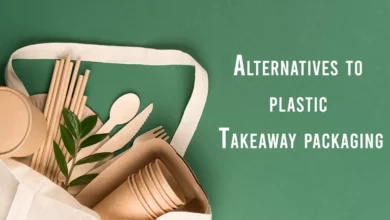AskGrowers’ Yield-Boosting Lifehacks

Growing weed for yourself at home is not a crime story anymore. With so many states legalizing cannabis consumption, manufacturing weed-containing products, and individual cultivation, everyone can get their personal weed stock without a problem. Thus, consumers have finally received access to weed seeds that they can germinate and grow in the backyard or a growing room, enjoying the full supply of thick, aromatic buds of their chosen strain.
However, the problem many newbies encounter at the start of their cultivation is the low quantity of buds. This issue may result from improper care for the plants and a failure to maintain optimal growing conditions. In this material, we have collected the best tips for cannabis cultivation that may help you move to the next level of cannabis cultivation and enjoy bumper harvests with little effort.

Trellis Use
Sometimes cannabis plants grow too tall and extended, so they may fail to provide sufficient support for their branches and leaves. As a result, struggling plants will have poor yields. To prevent that outcome, you can use the trellising technique to give your plants sufficient vertical support at the vegetative stage. A trellis is built as a “living wall” to give plants essential support; your task as a grower is to bend and weave the shoots of cannabis plants through the holes in the net, thus allowing your plants to rely on the trellis and spend their energy on healthy buds instead of plant support.
Pruning
One of the most effective tactics recommended by AskGrowers experts is pruning to increase yield. It is a method of plant trimming by the middle to the late vegetative stage, which presupposes cutting off the large fan leaves from the plant to improve air circulation and give light access to all plant parts. According to AskGrowers growing pros, pruning is one of the best yield boosters because it:
- Improves ventilation;
- Redirects the plant’s energy from the maintenance of large leaves to growing healthy buds;
- Promotes foliage development;
- Increases light penetration to all plant parts;
- Reduces mold and mildew risks.
To conduct pruning correctly, you should first determine the growth stage of your plant. It’s vital to refrain from pruning the plants during the flowering stage, as this technique can damage the plants and ruin your yields. The best timing is the second half of the vegetative stage when plants exhibit rapid growth and development. Second, you should find the low-lying branches and dying leaves already yellow and discolored. Once you remove all redundant branches and leaves, your plant will receive much more air and sunlight, thus preparing for productive bud generation.
Low-Stress Training
The low-stress training approach (or LST) is popular among cannabis growers. It has acquired its name from the gentle nature of physical manipulation that growers exert on their plants. You should bend the plant a little bit with a rope or another medium to give your plant maximum light exposure. This way, when using LST techniques, you will stretch various plant branches to different spaces to detach them from each other and prevent some branches from overcrowding by others.
Container Size
Another approach to yield maximization is to choose larger containers for your plants. It often happens that growers limit their plants’ potential by restricting the root space to small pots. Thus, if you see that your plants grown in, for example, 10-liter pots don’t yield as much as they can (or you expected), try planting them in a 20-liter container next time and measure the outcome. In most cases, your plants will give better output if they have enough soil and space for strong root system development.
Light Intensity Manipulation
Now, let’s talk a bit about the role of lights in weed yields. We’ve repeated it many times, and probably, that’s the first thing every cannabis grower learns, but too many people disregard the choice of lights and their adjustment for every growing stage. So, here’s the secret to yield maximization AskGrowers experts recommend for everyone: try planting vertical variations around a central light source to see how it goes. If your plants are not that comfortable with this setup, try placing them in tiered rows and arranging a light source above. Always opt for energy-efficient LED lights so that your electricity bills don’t leave you broke.
Another pro tip in this regard is to place additional side lighting in your grow room. This advice applies only to indoor growing setups, as your outdoor plants will receive sufficient light from the sun. Side lights in the growing tent will make light distribution more even, giving the essential light to lower plant levels instead of having all light absorbed by the canopy.
Smart Nutrition
Nutrients are a vital addition to plant health throughout the growing cycle. There are specific recommendations for the NPK ratio (nitrogen, phosphorus, and potassium) for each growing phase, and AskGrowers experts strongly recommend not to disregard those guidelines. Supply your plants with high levels of nitrogen and potassium during the vegetative stage and keep the phosphorus levels low. Once the plants enter the flowering stage, increase the degree of phosphorus and potassium while keeping nitrogen low. This balance of nutrients can result in high yields and plant health throughout the whole growing process.
Besides, cannabis loves water, and plants should be provided with enough moisture during their growing cycle to grow healthy. Yet, it’s critical to avoid overwatering, especially in indoor setups, as excessive moisture can cause mold and mildew.
CO2 Supply
It may be surprising to know that plants, unlike people, consume carbon dioxide and produce oxygen. Thus, for cannabis plants to survive and conduct active photosynthesis, they need a steady CO2 supply. However, this method is not recommended for home growing and can be tried out only in the greenhouse setup, as too much CO2 may be toxic for people. Besides, AskGrowers experts don’t recommend newbie growers to engage in CO2 supply, as the equipment for this tactic is too expensive for cultivators who are just starting out. Thus, it’s better to start with other methods and increase the range of yield-maximizing techniques as your skills grow more advanced.
Concluding Remarks
Here you go with the main yield-increasing tactics and approaches we recommend to cannabis enthusiasts of all maturity levels. By applying these methods of yield maximization, you can get the most out of a small investment in a pack of seeds. So, try several options and see which one suits you the most.
The author of this article is Denys Svirepchuk, an experienced weed grower and researcher. Denys writes educational blogs and materials for AskGrowers to educate the audience and help novice growers join the home cannabis growing niche. He explains the ins and outs of cannabis production processes and instructs users on the most effective cultivation and plant management techniques.



